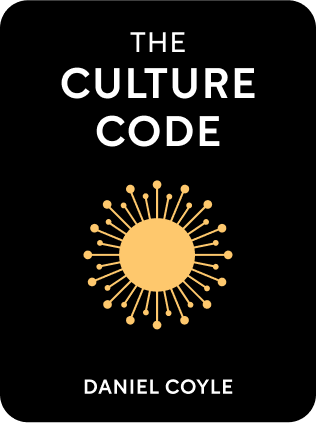

This article is an excerpt from the Shortform book guide to "The Culture Code" by Daniel Coyle. Shortform has the world's best summaries and analyses of books you should be reading.
Like this article? Sign up for a free trial here .
What’s your approach to giving employee feedback? What aspects of giving feedback do you find most difficult?
Giving employee feedback can be tricky. On the one hand, you don’t want to sound too critical or judgmental, and on the other, you want to be as straightforward as possible to make sure the feedback is acted upon.
Here are five tips for giving effective employee feedback.
How to Give Employee Feedback
Employee feedback is one of the most overlooked aspects of modern work cultures. But when done right, employee feedback can greatly improve performance and boost morale. Follow these five tips to give effective employee feedback.
Tip 1: Avoid “Sandwich Feedback”
“Sandwich Feedback” is the process of delivering feedback in a “positive-negative-positive” format (start with a positive comment, give an area of improvement, and end with another positive comment). This style of feedback can be confusing and doesn’t communicate the information clearly. Give positive and negative feedback separately:
- Handle negative feedback through dialogue. Discuss areas of improvement, focusing on how to improve, not necessarily on the failure itself.
- Deliver positive feedback using energetic praise and authenticity. Genuine enthusiasm motivates and inspires hard-working employees.
Tip 2: Be Candid, Not Brutal
You don’t want to demoralize or embarrass the person you are giving feedback to, but, at the same time, you need to be straightforward with your feedback. The best approach is to aim for candor: make your feedback specific and avoid making it personal or judgmental.
Tip 3: Separate Performance and Development Discussions
Often, performance and development feedback are grouped into one discussion. Combining these two conversations blurs your intentions and lessens impact because the conversations, though similar, occur under different pretenses:
- Performance evaluations are inescapably judgmental and high-risk. They often impact salary and promotion status and do not touch on growth or improvement.
- Professional development, on the other hand, focuses on discussing strengths and offering support for weaknesses. These discussions do not correlate to compensation and tend to feel more like a coaching session in which leadership can present opportunities for growth.
Tip 4: Use Belonging Cues in Your Feedback
Belonging cues remind people that your feedback is meant to be constructive and helpful. When team members know they are appreciated and cared for, they are much more receptive to critique.
When giving feedback, ensure that team members know the following:
- They are valuable.
- They are part of a special group with high expectations.
- They have the capacity to match and exceed those expectations.
Tip 5: Give Feedback Regularly
As you begin developing feedback meetings, standardize them and schedule them consistently. The more often you give feedback, the more steadfast the team will be at acting upon it.

———End of Preview———
Like what you just read? Read the rest of the world's best book summary and analysis of Daniel Coyle's "The Culture Code" at Shortform .
Here's what you'll find in our full The Culture Code summary :
- Why safety, vulnerability, and purpose are at the heart of a healthy group culture
- What makes some organizations more successful as a whole
- How one of the largest unsanctioned cease fires came one Christmas Eve during WWI






